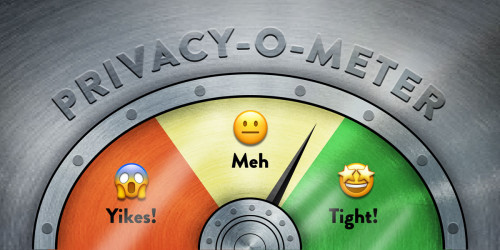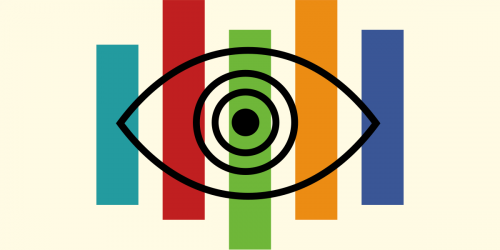Today, EFF filed suit against the Federal Aviation Administration seeking information on drone flights in the United States. The FAA is the sole entity within the federal government capable of authorizing domestic drone flights, and for too long now, it has failed to release specific and detailed information on who is authorized to fly drones within US borders.
Up until a few years ago, most Americans didn’t know much about drones or unmanned aircraft. However, the U.S. military has been using drones in wars and conflicts for more than 15 years—first in Bosnia in 1995 with the Predator drone and in Afghanistan in 2001 with the Global Hawk drone. In Iraq and Afghanistan, the US military used multiple drone types for mission surveillance. In Libya, President Obama authorized armed Predator drones, and in Yemen, the CIA used drones to kill an American citizen, cleric Anwar al-Awlaki. Almost one in every three U.S. warplanes is now a drone, up from just 5% in 2005.
Now drones are also being used domestically, raising major privacy concerns. In December, U.S. Customs and Border Protection (CBP) purchased its ninth drone. Though used to patrol U.S. borders, CBP also uses drones to aid state and local police. One was even used to track cattle rustlers in North Dakota. Local law enforcement is also using drones for activities ranging from catching drug dealers to finding missing persons. Some propose using drones to record traffic violations.
Drones can conduct advanced, near-constant surveillance. They may carry live-feed video, infrared, heat sensors, radar, and even gigapixel cameras capable of tracking dozens of people from miles away. Some can eavesdrop or intercept Wi-Fi and phone signals. Some are even weaponized or proposed to carry tasers and bean bags for domestic use.
Due to their size and flight capabilities, many drones can fly undetected, enabling covert surveillance. The legal protections against such surveillance remain unclear. As noted by Ryan Calo and the ACLU, the courts have generally been hostile to privacy claims involving public or aerial observation—even over backyards or corporate facilities. In some cases, the Fourth Amendment may not apply if the surveillance isn't conducted by a person but a machine (e.g. U.S. v. Place).
Still, there is hope. In Kyllo v. United States, the Supreme Court ruled that using thermal imaging to scan a home without a warrant violated the Fourth Amendment. Similarly, United States v. Jones raised concerns about GPS surveillance, with the court observing that "the whole may be more revealing than the parts." During oral arguments, justices were alarmed by implications that they themselves could be tracked without a warrant using the government’s theory.
The courts will likely need to address drone surveillance soon. The drone industry is rapidly growing. According to a 2010 FAA fact sheet, over 50 organizations in the U.S. are developing 155 drone models. The U.S. holds 70% of the global drone market, and spending was over $3 billion in 2010 and may reach $7 billion within the next decade. One forecast predicts 15,000 drones will be in service in the U.S. by 2018.
In 2011, Congress, the Department of Defense, local governments, and industry pressured the FAA to expand the Certificate of Authorization or Waiver (COA) program. The FAA is also reviewing rules for small drones and is expected to expand the COA program. If so, we may see many more drones in our skies soon.
EFF will continue to monitor this issue. Through our lawsuit against the FAA, we hope to determine which entities—government, local law enforcement, private companies—are authorized to fly drones, so we can better assess and address the privacy implications.











